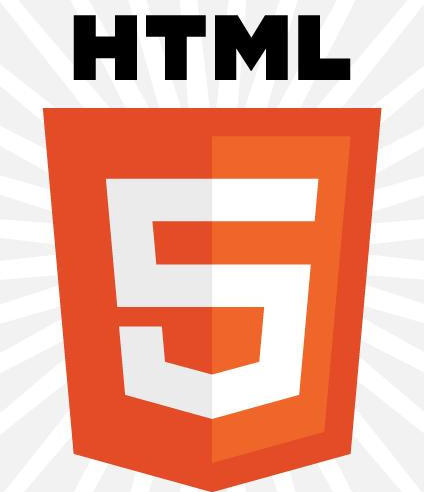1. Introduction to HTML
HTML (Hyper Text Markup Language) is hypertext markup language. It connects text, graphics, animations, sounds, tables, links, etc. on the Internet into a whole through a series of tags. The information that needs to be expressed is written into HTML files according to certain rules, recognized by a dedicated browser, and these HTML files are "translated" into identifiable information, that is, the web page you see now. Provide convenience for people to find and retrieve information.

2. Classification of web pages
Divided into static web pages and dynamic web pages
(1) Static web pages: Pure HTML format web pages can only provide browsing. No matter when and where they are browsed, they will display the same form and content, which means that they cannot interact with the website. In static web pages, the main structure of the entire web page and the display control of the web page are implemented using HTML. The extensions of static pages are generally .htm, .html, .shtml, and .xml.
Static web pages can only display text and pictures on the web page. It may sound simple in function, but it is the basic element of all web pages, and its importance is self-evident.
On static web pages, various dynamic effects can appear, such as animation in .gif format, flash, scrolling letters, etc. These "dynamic effects" are only visual, and they are different concepts from dynamic web pages.
(2) Dynamic web pages: Web pages that use dynamic technology. The content of the web page can automatically change according to changes in certain conditions. Different from the extensions of static web pages, the extensions of dynamic web pages are .asp, .jsp, .php, .perl, .cgi, etc., and there is an iconic symbol "?" in the dynamic web page URL.
3. Mark
Symbols used in HTML to describe functionality.
Tags must be enclosed in angle brackets "<>" when used. The browser will interpret the markup inside the angle brackets. The main commonly used tags in HTML are <html>, <head>, <title>, and <body>.
Markers are divided into single markers and double markers:
(1) Single tag: Just enter the tag name in angle brackets. A single tag represents a function and has no scope.
Format: <tag>
Such as line break mark: < br>
(2) Double mark: The mark has a beginning and a tail, and the front mark is consistent with the following mark, but there is a slash before the latter mark.
Format: <mark>Jingrui Youzhi</mark>
Such as paragraph mark; < p> < /p>
4. HTML markup composition
<html><head><title>C Language Network</title></head><body><h1>How to make good use of C Language Network? </h1><p>There are many questions on the C language network</p></body></html>
A complete HTML page is actually composed of pairs of tags (of course there are exceptions).
(1) <html></html>: The opening and closing tags of the web page.
(2) <head>< /head>: The beginning and end tags of the header information of the web page;
(3) <body>< /body>: the beginning and end tags of the main body of the web page;
(4) <title>< /title>: The theme opening and closing tags of the web page;
(5) < p>< /p>: The beginning and end tags of the paragraph of the web page
5. Web page layout technology
(1) Table layout technology: Table layout was more common in the past, which is to put various required text, image materials, etc. into a borderless table. The advantage is that it can process different objects without worrying about the differences between different objects. The disadvantage is that using too many tables increases the amount of web page data and affects the page download speed.
(2) CSS (Cascading Style Sheet) technology: Also known as DIV+CSS layout technology, it can accurately position text and pictures, separate data and format, and greatly reduce the amount of data on the web page. CSS is a bit difficult for beginners, but it is indeed a good layout method and is now the most commonly used web page layout technology.